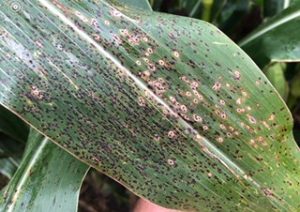New post on wheat head blight available
Wheat is starting to approach heading. What should producers do to determine risk for Fusarium head blight and suppress this disease? Click here to access the new article on the Illinois Field Crop Pathology website on the subject!…






